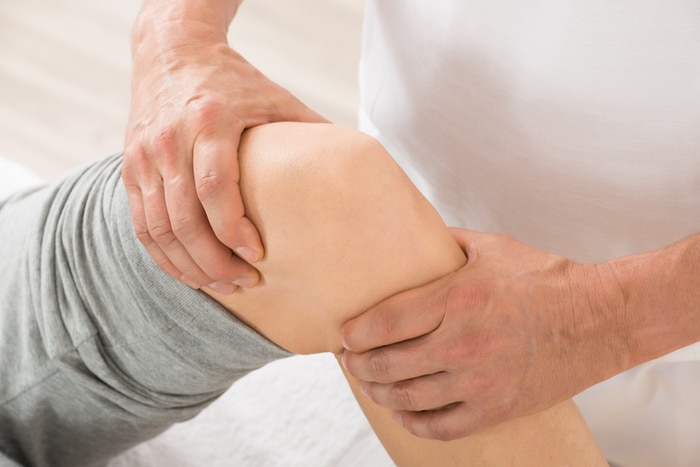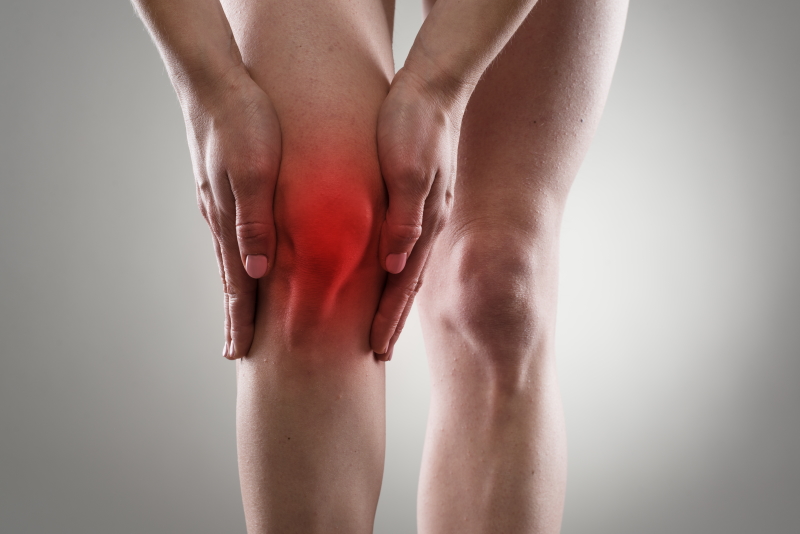
The ubiquity of knee injuries is firmly recognized by the physiotherapy profession. Being the juncture of two major leg bones, it is a natural ‘pain point’ for many. A recent study indicated that the issue of knee injuries is not just confined to older individuals, with a rise in serious knee injuries being reported amongst children and teenagers engaged in sporting activities as well. As a result, you could encounter many different knee injuries as you work with clients as a physiotherapy assistant.
Here are some of the different types of knee injuries you might see throughout your career.
Fracture of the Patella (Kneecap): A Common Sight Over a Physiotherapy Assistant Career
The patella, also known as the kneecap, acts as the frontline protector of the knee. A hard, spherical bone structure, it is prominently positioned where the femur and tibia meet at the knee joint. Understandably, this positioning means that many high velocity impacts that the knee may be subject to—such as those suffered after a trip or forward impact—will likely be visited upon the patella.
Patella fractures can be straightforward two piece fractures, or multiple in nature, depending on the impact sustained. Physiotherapy after the initial healing of the fracture—which typically lasts several weeks in a cast—will seek to decrease stiffness and return a full range of motion to the knee. Under the supervision of a physiotherapist, it could be a task that you help with during your physiotherapy assistant career.
Quadriceps and Patellar Tendon Tears in the Knee
Just like any connective tissue in the human body, knee tendons can be subjected to strain and tearing if sufficient force is applied to them. The tendons most commonly injured are the quadriceps and patellar, which form connective bonds directly above and below the patella.
Tendon tears are common injuries around the body, but occur regularly in the knee
These kinds of injuries are common amongst older individuals, particularly those involved in strenuous sporting activity that involves jumping like soccer or basketball. Once initial treatment has been applied and swelling has abated, you may see treatments like straight-leg raises and other leg strengthening exercises applied for this kind of injury.
ACL Injuries Are Well Known to Physiotherapy Assistant Diploma Holders
As one of the best known kinds of injuries that can affect the knee, anterior cruciate ligament (ACL) injuries will be familiar to physiotherapy assistant diploma holders who deal with sports injuries under the supervision of a physiotherapist. Often reported when an athlete hits the ground while changing direction, it is often accompanied by a distinctive ‘popping’ sound as the ligament (which is situated just below the patella) gives way, significantly affecting the range of forward and backward motions the leg can perform.
ACL incidents have acquired a notorious reputation amongst athletes in recent years
Severity can vary from a slight sprain to a full tear that requires surgery. Physiotherapy applied after surgery is typically gradual, and will focus on slowly building the strength and supportive quality of the repaired ligament.
Knee Dislocations: Commonly of the Patella
A dislocation occurs in the knee when an important part of the knee is knocked out of place. This is commonly the patella, which can find itself out of position with its supportive femoral groove due to an impact. However, dislocations can also occur when the femur and tibia are pushed out of alignment as well.
A dislocation will commonly result in pain when attempting to walk or sit, and will often require a medical professional to physically re-position what is out of place, a process that is known as ‘reduction’. On occasion, a dislocation can continually occur due to the femoral groove and supportive tissue developing a natural misalignment, a situation which can call for surgery. Physical therapy after a once-off dislocation will often involve stretching as well as the use of a supportive brace for a period of time.
Do you want to become an effective professional focussed on treatment and relieving pain?
Contact Medix College today to begin your journey at physiotherapy assistant college.





